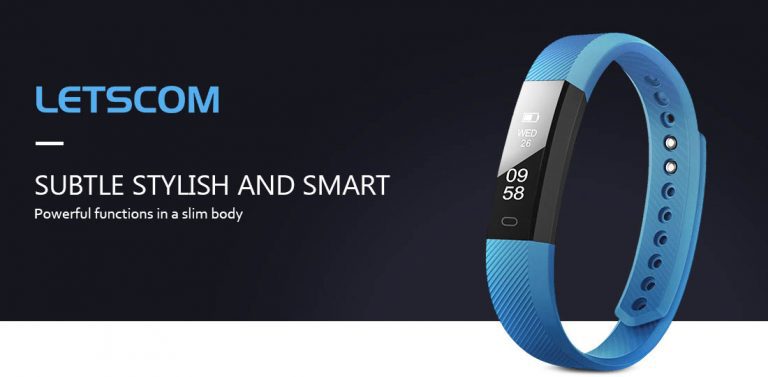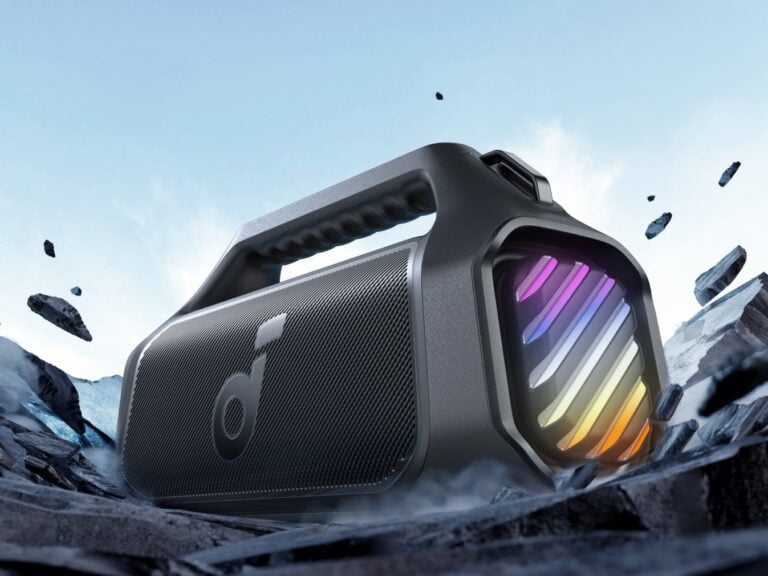Any links to online stores should be assumed to be affiliates. The company or PR agency provides all or most review samples. They have no control over my content, and I provide my honest opinion.
Ok so not a very serious blog. Recently I came across an article on installing NOS in your car.The example was for a Ford Sierra L 4 door. I am not entirely sure why you would do this to a car like this, maybe if it was a big American muscle car I could understand. It a fun read anyways
Extract from the article
Any and ALL engines, from lawnmowers (been there), and model aircraft engines, up to big diesel marine engines, supercharged, turbocharged, or naturally aspirated can all be boosted with Nitrous Oxide. Fuel injected, or Carburettor. It makes absolutely no difference. All will work just fine with Nitrous Oxide as a power booster. Only a few small differences between each system are required.
For almost any car, you will the following items… We are currently organizing all of these components (although temporarily on hold) so as to be able to supply them via mail order. They are available cheaply in your own locality from various suppliers with the possible exception of the solenoids valves themselves. I will soon be able to supply these hopefully. In the meantime you may need to modify some air solenoids as shown on the solenoids page.
1. A bottle or “tank” to store Nitrous Oxide
Specification: Any Vessel that can safely store Liquid Nitrous Oxide, meaning a Bottle/Tank with a 3000 approx test pressure or higher used with a Bottle valve that has a pressure relief valve rated LOWER than this test pressure. It does not HAVE to be a conventional bottle. (For example if you wish to “cheat” you could fill part of a motorcycle frame, Rear swinging arm, or under a cars bonnet maybe the “strut brace” could be used for secret storage) See link above.Ideals: Aluminium alloy, polished, or anodised, or painted in two pack epoxy spray paints and mounted using machined billet bracket, and/or Velcro straps for attractive and professional appearance.
2. A valve for this bottle
Specification: A full flow, (internal bore 2.5 to 4mm) Bottle valve, usually as used for a C02 bottle. It must use a Siphon tube internally that fits into the underside of the valve to draw liquid Nitrous Oxide from the bottom of the bottle / tank. This Valve MUST have (for safety reasons) an Over Pressure rupture disk, as fitted to all C02 bottle valves that you can buy. See link above.
Ideals: Small attractive, chromed or Aluminium alloy Valves preferred for a professional appearance.3. A special fitting that fits this bottle valve and converts to a normal 1/8th BSP thread
Specification: A specialised fitting that follows the 2.5 to 4mm internal bore of the siphon tube/valve and fits the unique Carbon Di-Oxide (CO2) Valve thread that all these valves use, and reduces the thread size down to 1/8th BSP so we can then attach the Nitrous Line to the Valve. See link above.
Ideals: Most of the ones we find or can get easily are brass which goes dull! But, this can be Chromed, for the sake of appearances.This is the complete “nitrous system” comprising of a CO2 Fire extinguisher bottle polished up, a
couple of plumbers “threaded reducers” and an 1/8th inch “ball” 1/4 turn valve, length of stainless
steel braided “brake” hose, modified air solenoid to work at 1000 psi plus, flexible nylon tube and
fittings to feed the gas to the engine, with home made “injector” all shown above. Not shown is the
fuel solenoid/pipes/injector…Van insurance from eVan Insurance
4. A braided Stainless steel Nitrous Pipe to feed the Solenoid in the engine bay
Specification: Recommended for all bikes and race vehicles – Normal Braided line. The same stuff countless racers, and motorcyclists use to swap onto their vehicles to replace the Rubber brake pipes! Its actually a PTFE (a sort of plastic) sleeve inside a woven stainless steel sheath. It has a 3.7mm internal bore. It can be expensive, if bought “branded (Goodridge, or Aeroquip for Example) or cheap if unbranded and bought off a roll by the meter. Its all the same for our purposes. You will also need some fittings that are easy to screw onto the ends that go from “braided” to 1/8th BSP. These fittings have a minimum 2.30 mm internal bore.
Alternatively, and for cheapness, with some advantages for small power boosts only, and on some road cars, 4mm Nylon, but you will need the stuff with 1.7mm internal bore. And suitable fittings with nuts and olives. (not the more common 2.5mm bore stuff – its not really up to the pressure!)
Ideals: Stainless Braided pipe! With stainless steel fittings on anything with 40BHP extra added or above, and on all bikes. It looks more professional too.The argument for and against 4mm Nylon for feeding Nitrous from the bottle is quite involved but… Its here should you be interested. Facts only. No “opinions”!
5. A Nitrous Solenoid!
Specification: Needs to operate reliably, against up to 1500psi pressure of liquid Nitrous Oxide gas at only 10 volts DC as this is sometimes all that’s available due to current drain on small light batteries on race vehicles without charging systems. It must also flow enough Nitrous for the intended power increase. The solenoids I modify are actually intended for compressed air, and after modification flow +140bhp worth of Nitrous Oxide. I t must not “freeze” open, or leak, and must operate reliably over thousands of operations. Needs to be corrosion and vibration “safe”
Ideals: Should be low current drain, light small physically, easy to mount, have 1/8th BSP threads on inlet and outlet. Stainless steel, or anodised aluminium bodies look the nicest and do not corrode. Magnet wiring and connections should be waterproof.6. A Fuel Solenoid!
Specification: Needs to operate reliably, against up to 100 psi pressure of liquid fuel @ only 10 volts DC as this is sometimes all that’s available due to current drain on small light batteries on race vehicles without charging systems. It must also flow enough Fuel for the intended power increase. The solenoids I use here are actually intended for compressed air. There are many suitable ones, but the seat sealing material must be tested to make sure it does not harden, soften, deteriorate, dissolve in everything from pump fuels, to methanol, and various octane boosters. It must not “freeze” open, or leak, and must operate reliably over thousands of operations. Needs to be corrosion and vibration “safe”
Ideals: Should be low current drain, light small physically, easy to mount, have 1/8th BSP threads on inlet and outlet. Stainless steel, or anodised aluminium bodies look the nicest and do not corrode. Magnet wiring and connections should be waterproof.7. A Tee piece or other means of supplying fuel to the Fuel Solenoid – depends on vehicle
Specification: Any type of tee piece can be used. Some means of tapping into the fuel pressure side of the Carb(s), or Fuel rail. It must be along with its fittings and hose clamps capable of the flow and pressure required for safety reasons.
Ideals: Stainless braided on fuel injected cars/bikes is safest, used with threaded tee or adapters. This is not always easily done, so a normal hose clamp/rubber pipe and barbed tee must be used. Do this VERY CAREFULLY because if it leaks a serious fire could result.8. A Jet Holder for the Nitrous jet. (1/8th BSP to 4mm O/D Nylon with nut and olive)
Specification: Simple metal fitting. Male 1/8th BSP to 4mm nylon pipe – Compression style. Best not to use “push lock” fittings here. The 1/8th BSP side needs to be drilled and tapped M5 and recessed to accept a control jet.
Ideals: Brass, Brass plated with nickel, Brass chromed, or Stainless steel.9. A Jet Holder for the Fuel Jet. (1/8th BSP to 4mm O/D Nylon with nut and olive)
Specification: Simple metal fitting. Exactly the same as the one above. – Male 1/8th BSP to 4mm nylon pipe – Compression style. Best not to use “push lock” fittings here. The 1/8th BSP side needs to be drilled and tapped M5 and recessed to accept a control jet.
Ideals: Brass, Brass plated with nickel, Brass chromed, or Stainless steel.10. Some 4mm O/D Nylon pipe to connect the solenoids to the point of injection
Specification: 4mm outside diameter. Available cheaply in big rolls… In many colours. The normal stuff has approx 2.4 to 2.5mm inside diameter. It is NOT rated for 1000psi pressures, so is not really suitable for the connection between bottle and solenoids, but it WILL actually stand it OK. It is IDEAL for connecting the solenoids outlet to the engine, injectors, or distribution blocks. These are at much lower pressure because the control jet is in the solenoids outlet, and the pipes are “open” at the engine end. And more importantly they have low thermal mass.
Ideals: Pretty colours!11. Nitrous/Fuel Injector – or occasionally more than 1 depending on engine configuration
Specification: It must introduce the Nitrous into the engine, and preferably the fuel as well. It can be two single connections close together, or a single device that allows both fuel and Nitrous to enter at the same point. In ALL cases the Nitrous MUST “collect” the fuel and atomise it finely inside the port, or air intake system.
Ideals: Must look pretty, be small, and preferably use nuts and olives in preference to “push lock” type fittings for reliability.12. Assorted brackets and mounting hardware, cable ties, grommets, wiring etc
Specification: Difficult. Every vehicle and setup will be different. Fabricate as required…
Ideals: Solid, tidy, neat, well thought out.13. An arming switch
Specification: Any switch that looks cool, sits in your cars dashboard, or somewhere within easy reach on a bike, that allows you to switch “on” or arm the system ready for use. It must be reliable, and be able to cope with 5 amps and preferably have some kind of light or other indicator so you don’t forget its on!
Ideals: Use a “standard” interior switch in your car that uses the unused switch positions on your dashboard. This way it looks standard, not obvious?14. Throttle operated Micro-Switch or other alternative
Specification: Use a GOOD QUALITY 5 amp micro switch, and seal against water with silicon sealant or similar. Mount inside the car so the throttle pedal operates it at full throttle, or on the carb / throttle body instead.
Ideals: Reliable!
I am James, a UK-based tech enthusiast and the Editor and Owner of Mighty Gadget, which I’ve proudly run since 2007. Passionate about all things technology, my expertise spans from computers and networking to mobile, wearables, and smart home devices.
As a fitness fanatic who loves running and cycling, I also have a keen interest in fitness-related technology, and I take every opportunity to cover this niche on my blog. My diverse interests allow me to bring a unique perspective to tech blogging, merging lifestyle, fitness, and the latest tech trends.
In my academic pursuits, I earned a BSc in Information Systems Design from UCLAN, before advancing my learning with a Master’s Degree in Computing. This advanced study also included Cisco CCNA accreditation, further demonstrating my commitment to understanding and staying ahead of the technology curve.
I’m proud to share that Vuelio has consistently ranked Mighty Gadget as one of the top technology blogs in the UK. With my dedication to technology and drive to share my insights, I aim to continue providing my readers with engaging and informative content.





